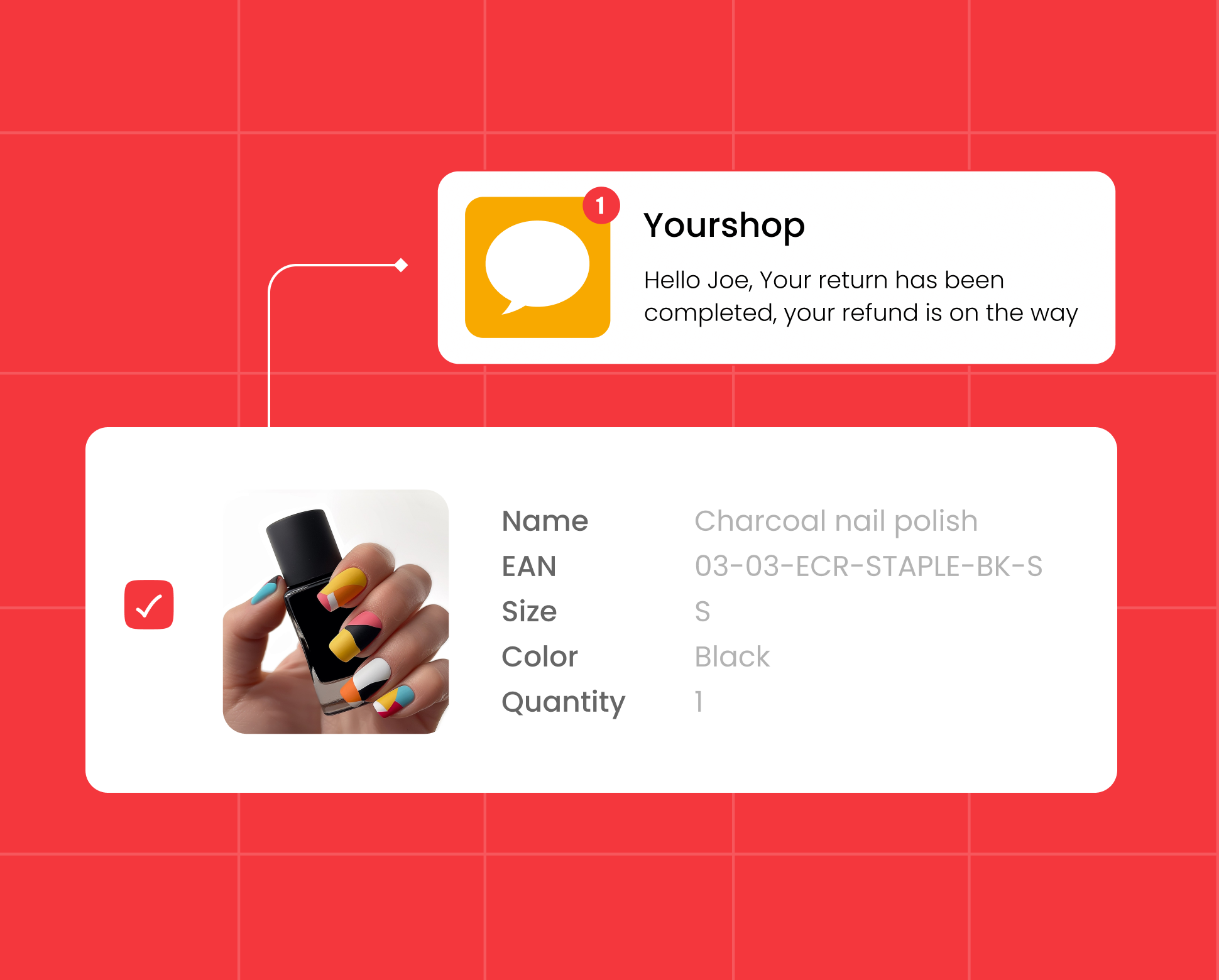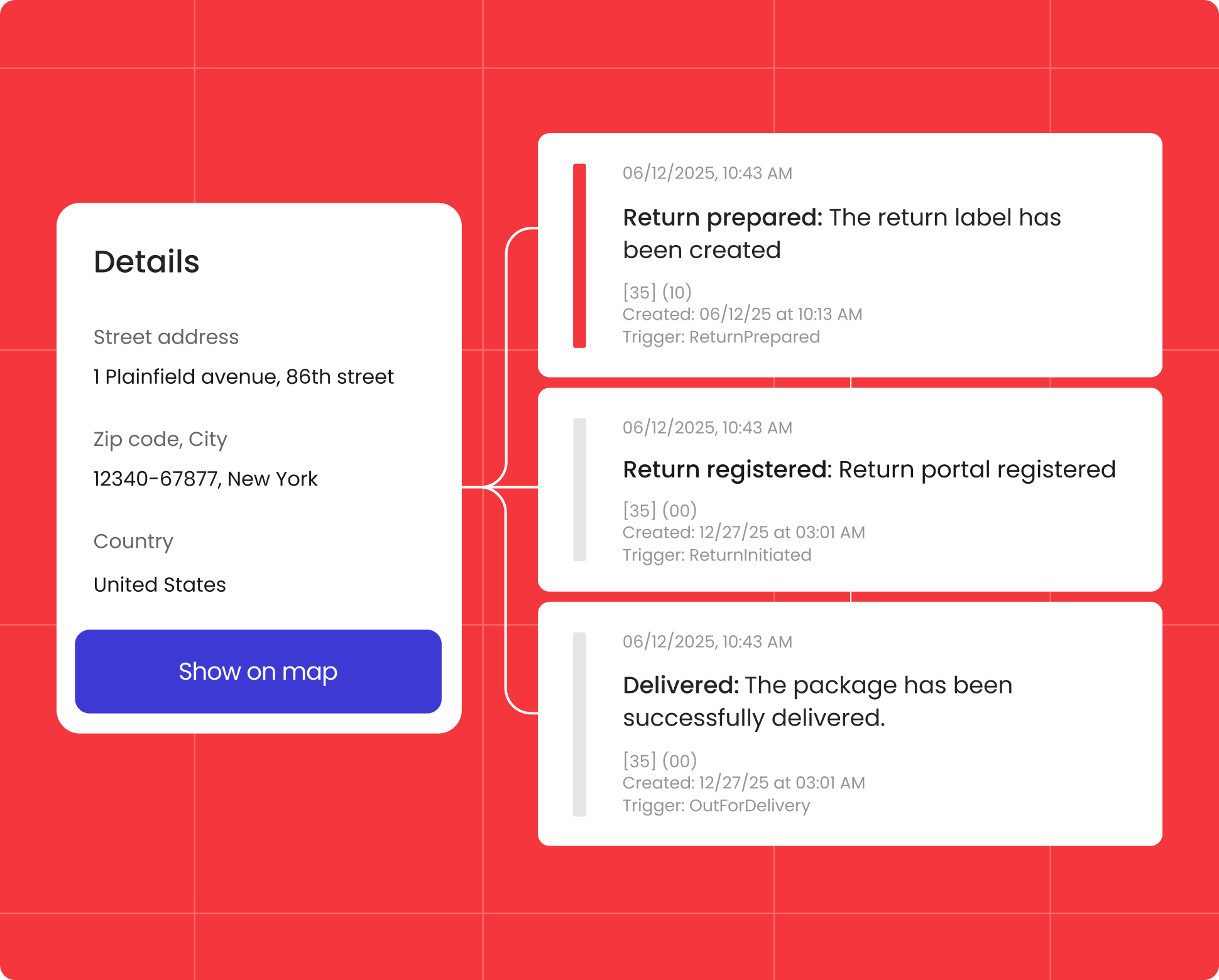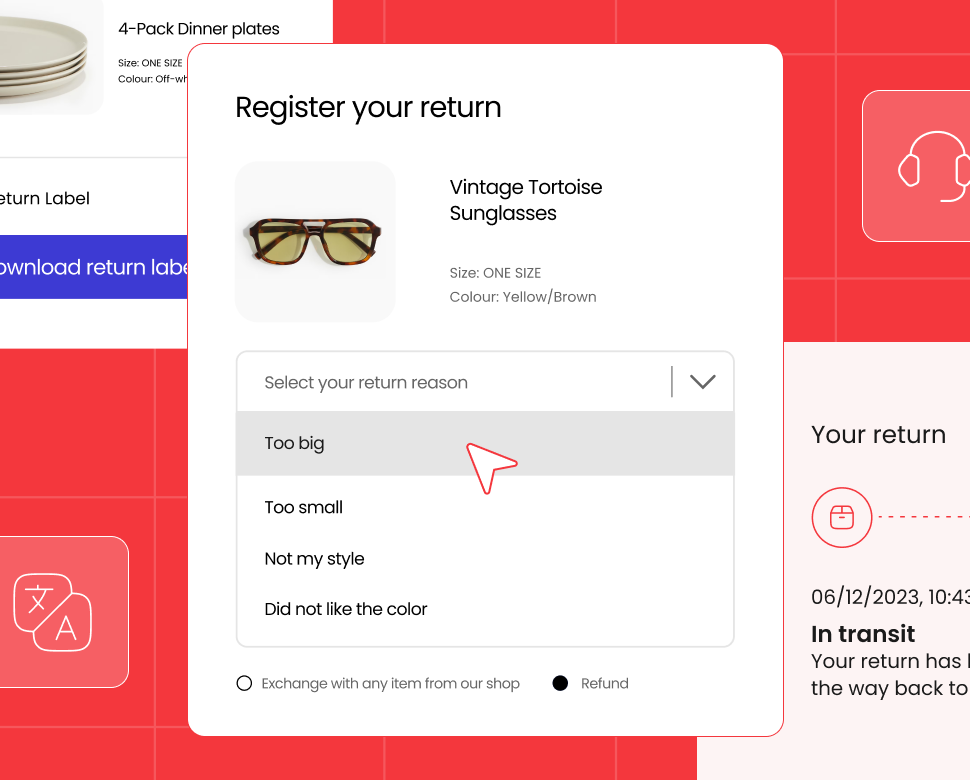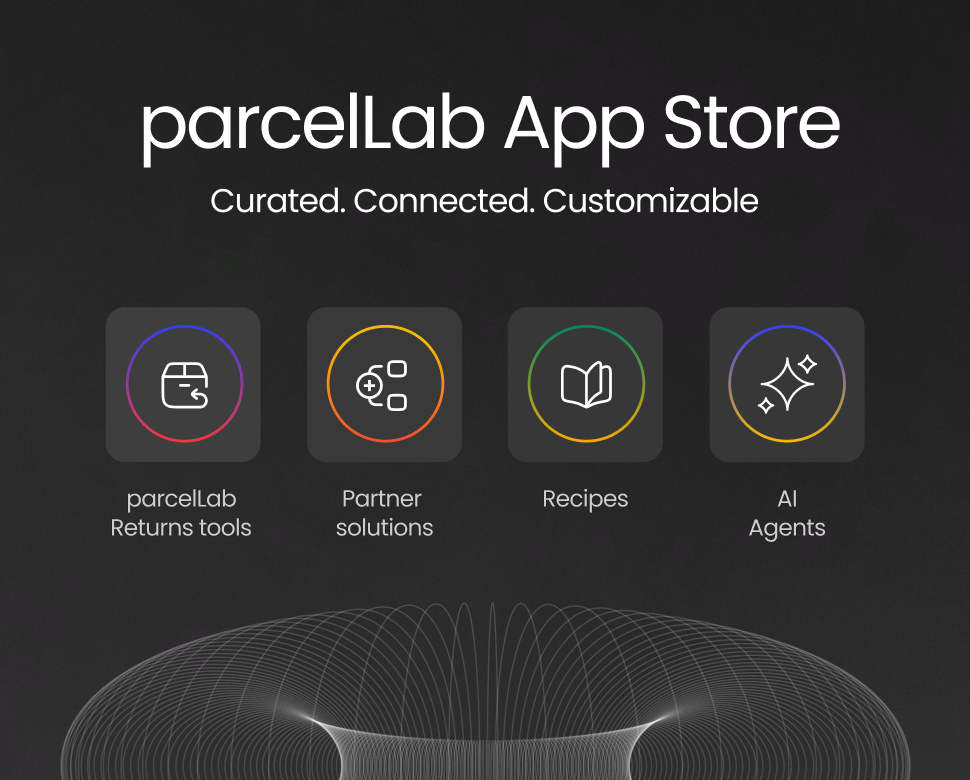Why a lack of a post-purchase platform is costing you billions in returns

Contents
Discover how parcelLab's platform can help you recover revenue and boost customer loyalty.
Returns are an expected part of the eCommerce journey. Their relative presence with online shopping continues to pose a challenge to retailers of all sizes. In fact, returned commerce cost retailers $890 billion in 2024 alone. So, what is one of the key solutions to gaining control over your returns?
Simply put, a multifaceted post-purchase strategy rooted in insight from customer behavior and powered by AI that learns from it. Unfortunately, many retailers still struggle in developing a strategy that is strong enough to close the gap between pre-purchase and post-purchase experiences. With returns taking such a large piece of a retailer’s bottom line, the experience needs to be seen as an area of improvement where you can recover revenue rather than lose it. The retailers that understand this are winning over customers. Whether it’s a lack of communication throughout delivery or a returns process with little shopper autonomy, customers are responding to poor post-purchase experiences by taking their loyalty elsewhere.
Let’s dive into what’s driving costly returns and how you can fix it while increasing customer loyalty.
Bracketing
Besides the billions in processing returns, a lack of cohesive and transparent post-purchase process leaves companies vulnerable to fraud, theft, and bracketing (also known as ‘wardrobing’). This is when shoppers purchase multiple variations of a product with the intention of returning the ones they don’t like. In fact, 60% of retailers reported bracketing as a core problem, and despite efforts from retailers to tackle this problem, the challenges remain prevalent.
While this is convenient for customers, this habit can also pinpoint a lack of consistency in or insufficient descriptions of the items being offered to shoppers. Regardless, bracketing fuels confusion and drives up costs, with logistics teams and fulfilment centers feeling the brunt. This is all without factoring in the quality of the item when returned. For retailers, especially those who need to remain profitable during an ever-competitive time, a returns management platform that can prioritize revenue without risking customer satisfaction is paramount.
Returns processes that impact CLV
Are you charging for returns? Is the return window especially short? Do you expect customers to manage all aspects of the process? The post-purchase experience is an invitation to create customer loyalty. Given that 30% of shoppers don’t have a printer in the home and a further 74% won’t shop from a brand that charges for returns, making this process customer-first is a necessity. But, for brands that haven’t made the changes, it is rarely from a place of disregard for customers. With 83% of brands noting “room for improvement” needed in their post-purchase maturity, a lack of clear strategic direction is usually the culprit.
So, how can brands mitigate bad return process losses?
The answer is a post-purchase platform that handles everything from delivery to returns, built to manage the complexities of logistics, customer support, eCommerce, and marketing. With the right platform, retailers are supported in addressing a host of challenges, as well as provided a strategic advantage in the race for consumer loyalty.
What you should look for in a future-ready post-purchase platform
Automation
While the challenges that come with managing the post-purchase experience are unlikely to become non-existent, they can be mitigated. Investing in a platform with robust tracking capabilities that automatically updates customers, in real-time, on the status of their orders and returns is a surefire way to remain one of their preferred retailers. This visibility significantly reduces customer anxieties and the burden on your support teams.

Leading retailers also prioritize a solution that can handle the trickier aspects of delivery and returns. This looks like a platform that actively empowers your fulfillment teams and customer teams with consolidated data across multiple touchpoints, personalizes every aspect of the experience, including emails, order status pages, and return portals, and optimizes the entire returns journey.
Revenue protection
To tackle bracketing issues, retailers need to look at different ways to protect themselves both pre- and post-purchase. For pre-purchase, simple things like adjusting product detail pages and tweaking size guides to help customers get a better idea of how clothes can fit can make a big difference. On the post-purchase side, retailers can adjust their returns policy and procedures to eliminate repeat “bracketers”. This can mean charging those people for returns once they hit a certain threshold or sending them return communications with size guides so they can measure themselves or find a better size in the future.
Streamlined and sustainable returns processes
With growing concerns around sustainability and customers requiring more autonomy in the online shopping experience, returns that feel purposeful and seamless are a must. A platform that can provide green returns logistics will match the values of the modern consumer. Leading retailers provide their customers with a self-service return portal that provides paperless returns and offers shoppers complete transparency with their order. The right return portal lets the retailer configure different return methods, such as refund, exchange, or store credit. If the customer chooses a return, the portal should present the customer with different locations in which they can return their item, just like Amazon does. By providing the customer with options, you empower them and create an opportunity to recover revenue you may otherwise lose to a return.

Flexible surveys
All retailers want to make and keep their customers happy. Often, dissatisfaction occurs when brands don’t listen to or action their feedback. With high demand, time can be short. To collect feedback promptly, try adding surveys to your post-purchase and returns emails. This can make a big difference, especially when discovering why customers are returning items or if they were happy with the experience they received.
The right post-purchase vendor will have surveys available within their platform. For example, parcelLab’s Smart Survey goes beyond typical NPS scores and works in real-time to consolidate 360 feedback. Triggered at the perfect moment during the post-purchase experience, these surveys make continuous improvement possible and increase repeat purchases by 10%. Delivered cohesively across SMS, email, and tracking messages, brands can gather insight from customers when they’re most engaged. These insights reduce returns and frustration by learning and applying what your shoppers want from you.
Conclusion: Returns are a mirror, not a burden
Returns are often treated as a necessary evil, but they are a mirror reflecting the quality of the post-purchase customer experience. A poor return experience can be the last interaction a customer ever has with your brand. With customer acquisition being more costly than retention, it’s imperative that every memory reaffirms the value your brand provides to them. If not, the lack of initiatives is set to cost you millions. Retailers who take a proactive and insight-led approach to the returns experience will turn brief losses into long-term loyalty.



